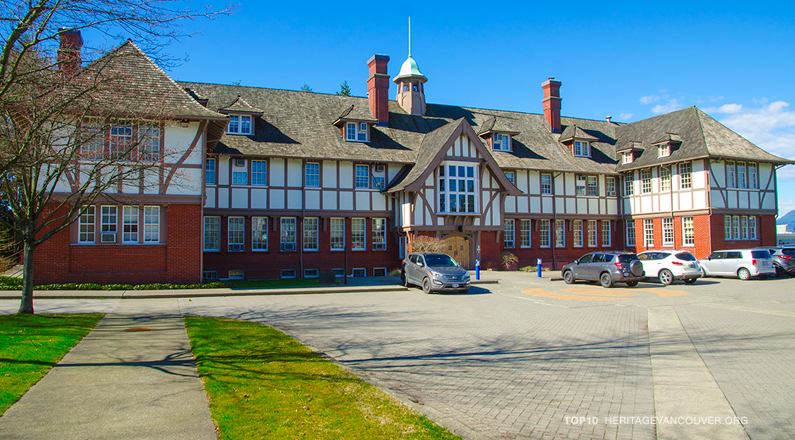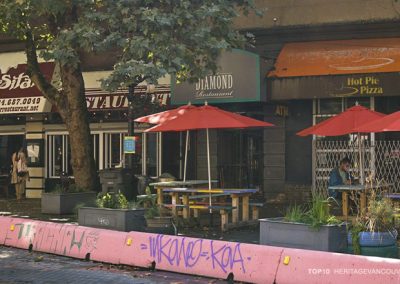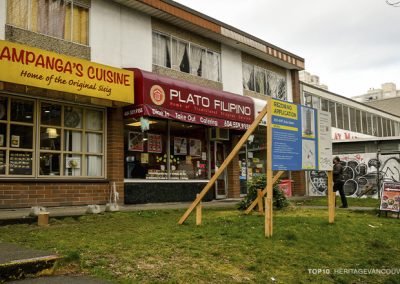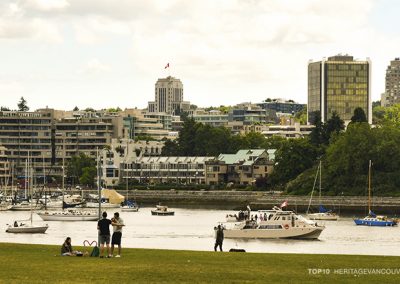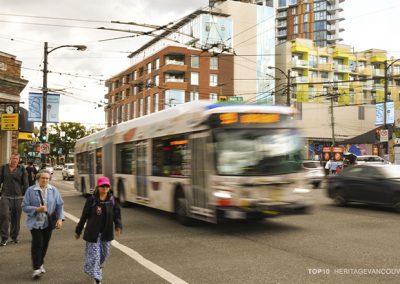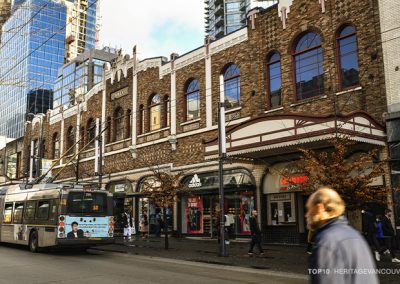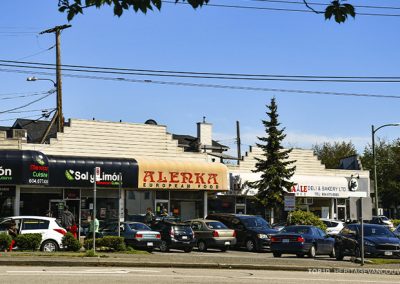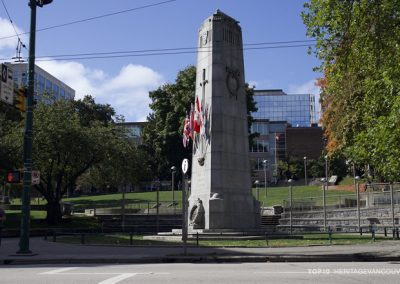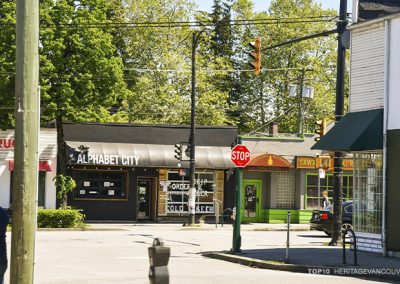Owned by Canada Lands Corporation (CLC) and the Musqueam Indian Band, Squamish Nation, and Tsleil-Waututh Nation (MST Nations), the 21-acre Heather Lands site will be home to a master-planned redevelopment. On the lands currently is the Fairmont Academy Building, largely known as the former RCMP headquarters. Throughout its life, the Fairmont Building has meant different things to different groups of people with both positive and painful associations. On May 15, 2018 City Council adopted the Heather Lands Policy Statement, which directs City staff to explore relocation for the A-listed heritage building in the spirit of reconciliation. The MST Nations and CLC had earlier requested the removal of the building from the Heather Lands because the building is seen by the MST Nations as a reminder of a painful history with the RCMP.
The fate of the building is currently unknown as there is no word on whether City staff have determined the feasibility of relocation and/or have been successful in finding an alternate location for the building once it is removed.
Please read our 2018 Top10 Watch List article on the Heather Street Lands for a more detailed background about the building.
Why on the Top10?
Over its history through its various uses, the building has had various meanings to different groups of people: healing, female leadership and empowerment, architectural aesthetic value, the early settler development of what we know as Vancouver, the memories of a career with the RCMP as well as the suffering caused by colonization (see link above).
The Heather Lands process has resulted in the Fairmont Building taking on the new public meaning of reconciliation. How should the wider public think of this in both the cases of relocation and demolition? If it is relocated, should this significance of reconciliation (as well as the other meanings) be expressed and visible? If so, how should this act of reconciliation be a part of our public memory for ongoing reflection on the past, understanding and healing? Should we think of the Fairmont Building as an opportunity and a process for different groups of people to generate meaning by “embedding them” into the building through physical changes and new uses related to their relationship to the building? Doing this would require much cooperation and respectful conversation.
If relocation does not happen and the building is demolished, should the shared public meaning of reconciliation be made coherent to the public since the building carries a number of important values? If so how should it be done? Or is it better to let it fade from memory with time?
These are extremely relevant questions for our evolving understanding of what heritage means for social history and public memory, and how we participate in it. It shows how contested heritage can be, how public it is, and the importance of good public dialogue in how we determine how we remember things or not. As Heritage BC uncovered in its Stage of Heritage Roundtables, people responded that heritage is an action, heritage is a verb and people “do” heritage. Good dialogue is critical in how we do and participate in heritage for collective benefit.
Photo by Patrick Gunn
We acknowledge the financial assistance of the Province of British Columbia
